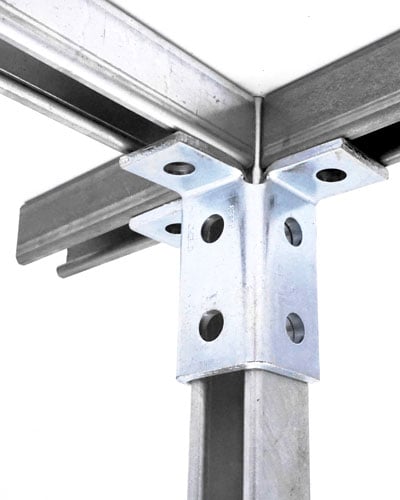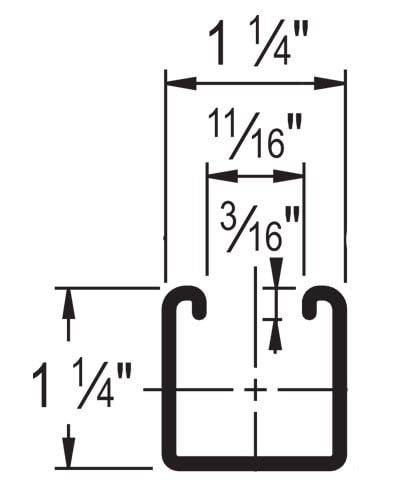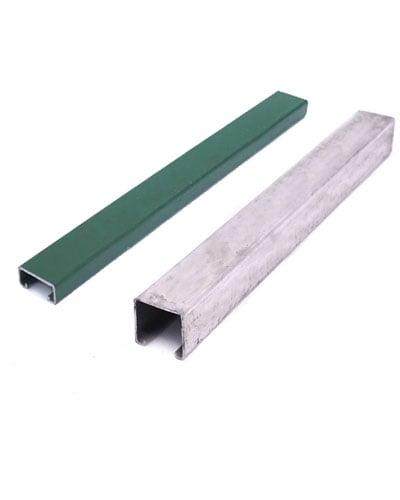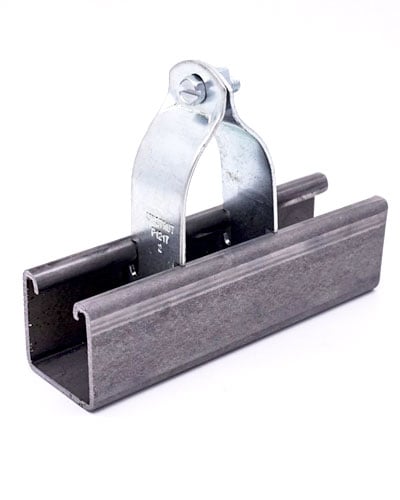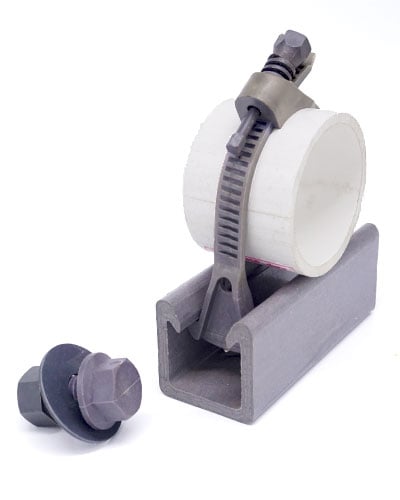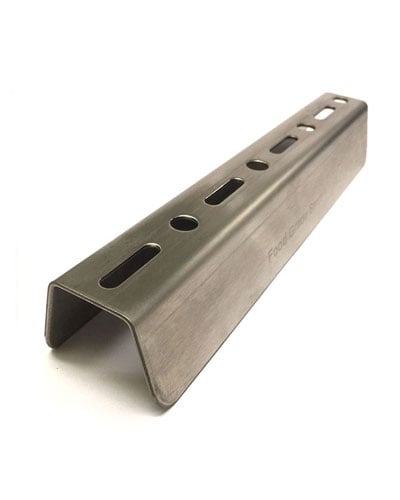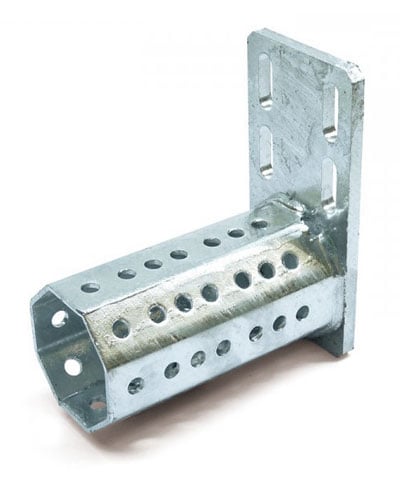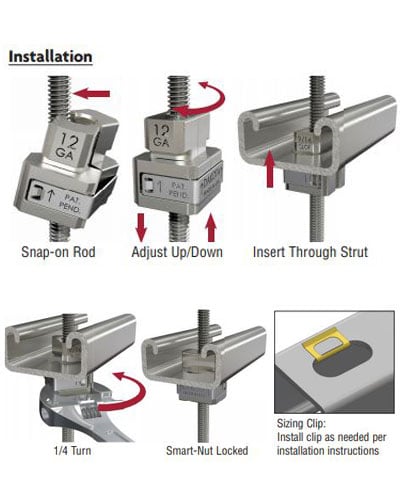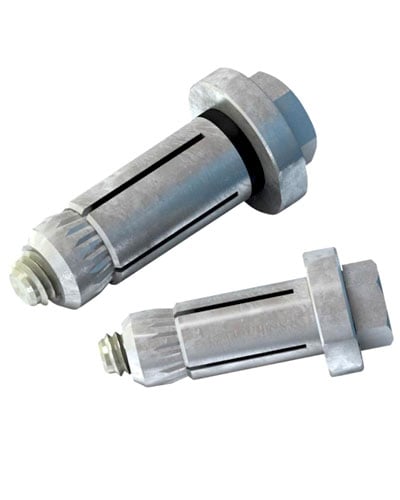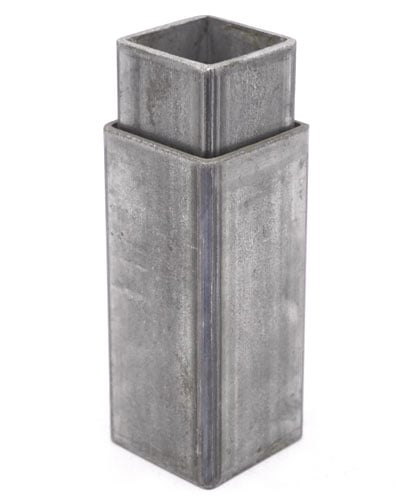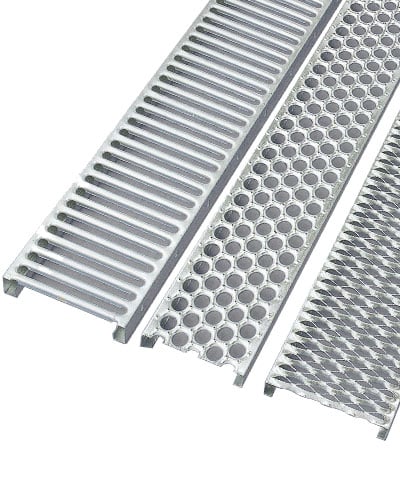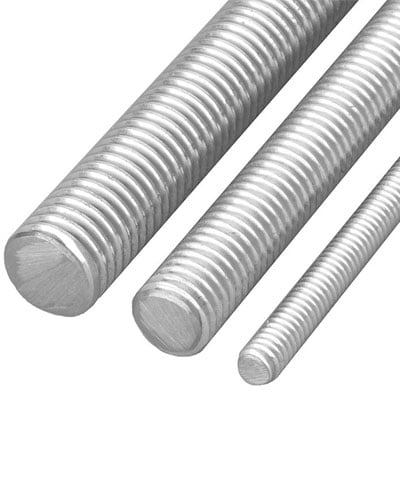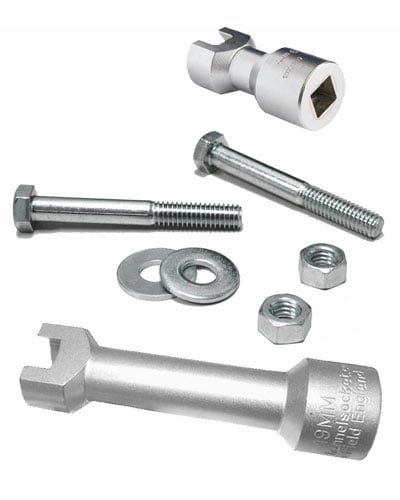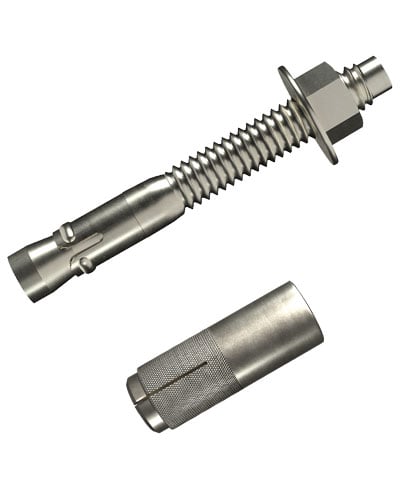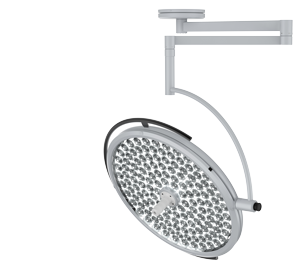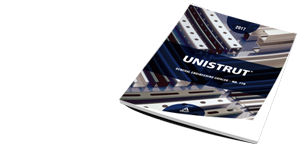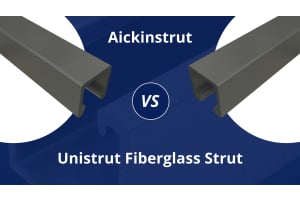How Much Weight Can Unistrut Hold?
As one of the most popular weldless metal framing systems, Unistrut products are incredibly useful for everything from ceiling supports to storage shelves. However, the wide variety of strut types and fittings means that it can take a little time to pick out a Unistrut product. To get the best results, you need to pick a Unistrut system that can handle the weight requirements of your next project.
Average Weight Limits for Unistrut
The general weight limit for Unistrut struts varies quite a lot. For example, in the popular P1000 line, maximum allowable load limits range from 170 pounds to 1,690 pounds. Meanwhile, in the P5500 series, maximum allowable load limits range from 330 pounds to 3,270 pounds. Overall, Unistrut systems can always manage loads of at least 40 pounds, and you can easily find Unistruts that hold upwards of 3,000 pounds.
Below is an example of the kind of information you can find in the Unistrut catalog. Download yours today for free!
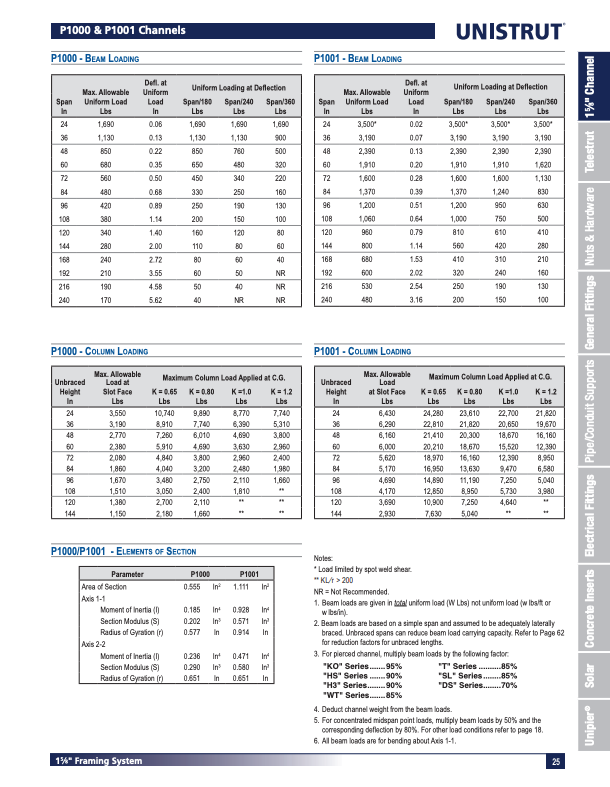
Factors That Affect Unistrut Weight Limits
Why is there so much variation in load limits? A lot of this simply boils down to the construction of the channel you're working with. Channels with more holes and slots are a little weaker, so they don't hold as much weight as a solid Unistrut. The length of the channel and how the channel is supported will further alter weight limits. If a strut is longer and doesn't have any bracings, it will hold less weight. The position of your load also affects how much weight Unistrut can hold. Struts can hold more weight when it's a midspan load and less weight when the load is distributed asymmetrically.
Three other factors that affect Unistrut weight limits are gauge, channel depth, and channel configuration. When it comes to gauge (or thickness of steel) it goes without saying that the larger the gauge, the stronger the channel. But what about channel depth? Let me give you an example: P1000 is 12 ga and so is P5500. They’re both 1-5/8" wide, but P1000 only has a depth of 1-5/8", whereas P5500 is 2-7/16" deep and P5000 is 3-1/4" deep, so they are much sturdier. Channel configuration has to be taken into account too. For example, P1001 is a back to back channel/double strut (i.e. two pieces of P1000 welded together), so 1-5/8" by 3-1/4" (same dimensions as the P5000, but that is a single strut -all) Some channels are smaller ga (14, 16, 19, etc.) and therefore less strong.
How to Find the Right Unistrut Product for Your System
Since Unistrut has so many different load options, it's important to plan your project wisely. We usually suggest starting by calculating the total amount of weight you need to support. Once you have an estimate of your load, you can browse The Unistrut Catalog for more information. Look up each channel you're interested in and check the complete loading data for the product. After getting a rough idea of which channel system will suit your needs, you can then design your project and fine-tune load projections to account for things like sag and fittings.
For more on this see our blog post Unistrut Channel: Selecting the Right Strut for Your Application.
You can also get specific information about how much weight each channel type can hold on our product pages. Simply navigate to the product page of the channel scroll down to the tabbed section below the product image and click the tab you want.
Product Pages include the following detailed information:
- Loading Tables
- Materials & Finish Specs
- Section Elements
- Product Drawings and Submittals (Downloads Tab)
- and more!
As you can see, Unistrut is incredibly versatile. Depending on the product you select and the design you choose, it can hold up to thousands of pounds. If you have any questions about the load limits for a Unistrut system you're interested in, we're here to help. Contact our team and we’d be more than happy to answer any questions you have.


